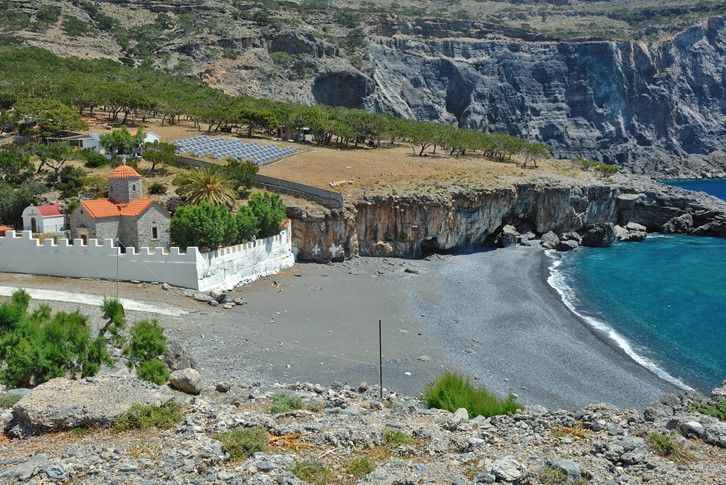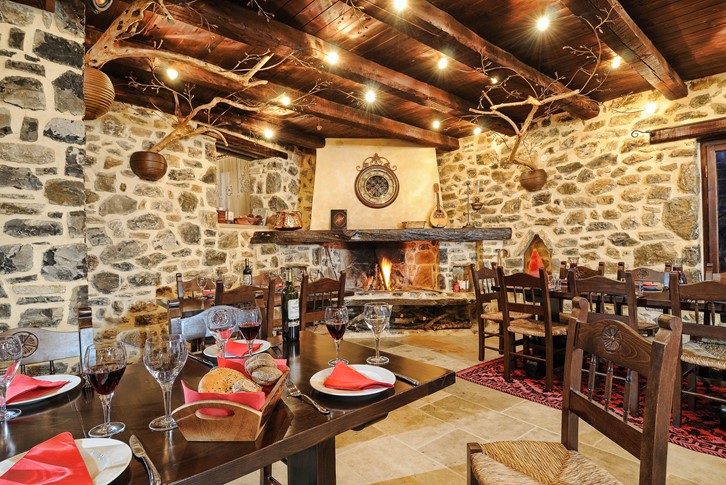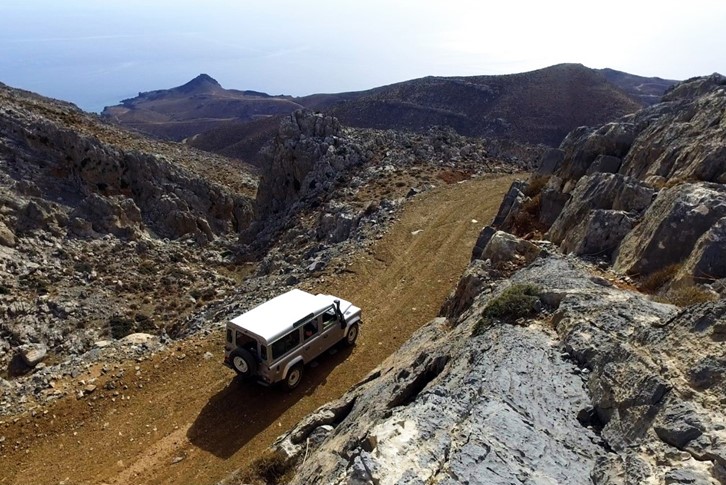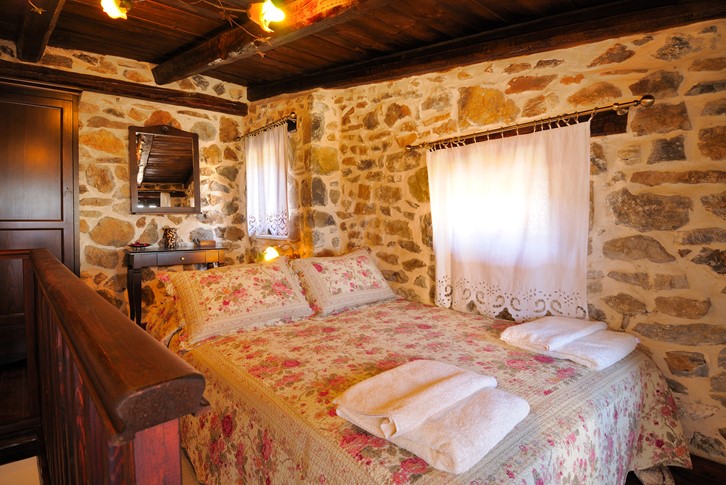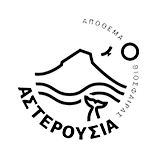What is UNESCO
UNESCO is the United Nations Educational Scientific and Cultural Organization and was established due to the events of World War II. Seventy years later, the UNESCO mission remains relevant, seeing as cultural cohesion and human rights and freedoms are still under threat.
UNESCO argues that peace must be based on dialogue and mutual understanding in order to be sustainable. Intergovernmental political and economic agreements are not enough to ensure genuine support and cooperation between people.
In this context, UNESCO creates the right educational conditions for citizens to live without fear and for everyone to have equal access to quality education. At the same time, by promoting the cultural heritage of each people, UNESCO strengthens the ties between countries.
Freedom of expression is one of UNESCO’s basic principles. For this reason, it adopts scientific programs and sets up platforms that promote development and cooperation.
“Man and the Biosphere Program”
Among the programs implemented by UNESCO is the “Man and the Biosphere (MaB) Program”, the network of which includes the Asterousia Mountains.
The MaB Program is a global interdisciplinary research and development program that aims to improve the relationship between humans and their environment. It combines environmental and social sciences and discovering new pathways for environmentally friendly economic development.
The MaB Program was launched in the early 1970s, and as of August 2021, it includes 714 sites in 129 different countries.
The ultimate goal of the Program is a world in which people can act collectively and responsibly in order to live in harmony with their environment. Its main objectives are:
- Minimizing the loss of biodiversity;
- Promoting environmental sustainability;
- Strengthening the link between cultural and biological diversity.
UNESCO Monuments
In August 2021, the list of UNESCO World Heritage Sites included a total of 1,154 monuments, buildings, and sites around the world. These monuments are distinguished worldwide for their historical, cultural, artistic, or environmental significance.
Some of the most famous monuments include the following: the Hagia Sophia in Turkey; the Taj Mahal in India; Machu Picchu in Peru; the Pyramids of Giza in Egypt; the Great Wall of China; Petra in Jordan; the Galapagos Islands in Ekalau Coral Reef in Australia; the Easter Island in Chile; Valletta in Malta; Verona and Venice in Italy; the Notre Dame in France; Cordoba and Granada in Spain; the Pompeii archaeological site in Italy; the works of Antoni Gaudí in Barcelona; the Stonehenge in Great Britain, and many more.
In Greece, there are 18 monuments and regions that are included in the UNESCO World Heritage Sites list.
The UNESCO World Heritage Sites located in Greece (in order of inclusion) are: the Temple of Apollo Epicurius; the Archaeological site of Delphi; the Acropolis; the Archaeological Site of Epidaurus; Meteora; Mount Athos; the Paleochristian and Byzantine monuments of Thessaloniki; the medieval city of Rhodes; the archaeological site of Olympia; the archaeological Site of Mystras; the monasteries of Daphni, Hosios Loukas, and Nea Moni of Chios; Delos; Pythagoreion and Heraion of Samos; the archaeological site of Aigai in Vergina; the Historic Centre (Chorá) with the monastery of Saint-John the Theologian and the Cave of the Apocalypse on the island of Pátmos; the archaeological sites of Mycenae and Tiryns; the old town of Corfu; as well as the archaeological site of Philippi.
The Asterousia Mountains were included into the World Network of Biosphere Reserves of the UNESCO MaB Program, becoming the third region in Greece to join this network. The other two regions are Olympus and Samaria.
Integration
Background
The integration project of Asterousia into the World Network of Biosphere Reserves of the UNESCO MaB Program was an initiative of the APA.
In 2017, after receiving the approval of the Ministry of Energy, the Heraklion Development Agency, in collaboration with the Region of Crete, submitted the relevant application to the Network Committee.
During the preparation of said application, the competent local authorities (the Municipalities of Viannos, Minoa Pediada, Archanes-Asterousia, Gortyn and Phaistos; the Region of Crete; the Decentralized Administration of Crete; the Forestry Department of Heraklion; the Antiquities Authority of Heraklion; the Natural History Museum of Crete; the Environmental Education Center of Archanes-Rouva-Gouves; the Cultural Association of Friends of Asterousia; the Management Body of Protected Areas in Central and Eastern Crete; the Crete Branch of the Geotechnical Chamber of Greece; as well as the Eastern Crete Branch of the Technical Chamber of Greece) demonstrated their support for the project both by sending the letters of support required, and by participating in advisory meetings and workshops.
The role of the UNESCO National Commission was equally important, as it provided the necessary information for the preparation of the support dossier.
Development Opportunities
The benefits from the inclusion of Asterousia into the World Network of Biosphere Reserves of the UNESCO MaB Program are numerous and affect not only the mountain range and wider area of Asterousia, but also the whole of Crete.
As a result of the inclusion of Asterousia into the MaB – UNESCO Network, the region has developed international collaborations with other countries, which produced the following significant benefits:
- Touristic and economic cooperation and the development of a sustainable form of tourism that respects the natural environment as well as local traditions;
- The ability to make use of the brand name of the MaB network;
- Exchange of knowhow and technology aiming at achieving balance between tourism businesses, the preservation of the natural environment, and the preservation of the area’s intangible cultural heritage, which constitutes an important aspect of the identity of the local community;
- Increased recognition of the region and contact with other areas;
- International awareness.
Regarding the development of the mountain range of Asterousia specifically, the actions to be carried out following the inclusion of the area in the MaB – UNESCO Network are as follows:
- Developing a sustainable model of tourism which will combine an appreciation for the natural environment with visits to cultural and archaeological sites, as well as participating and experiencing traditional activities and local customs and traditions (music, food, folklore, agricultural – livestock products).
- Promoting a model for sustainable tourism and developing a green economy that will support the creation of new businesses and offer new business opportunities through conservation and local development strategies.
Neighboring Municipalities
It is important to emphasize that the benefits from the inclusion of Asterousia into the UNESCO World Network of Biosphere Reserves are not limited to the mountain range of Asterousia, but are also affecting the wider area surrounding them and the 5 neighboring municipalities.
These are: the Municipality of Phaistos; the Municipality of Archanes Asterousia; the Municipality of Minoa Pediada; the Municipality of Gortyn; and the Municipality of Viannos.
The future
The inclusion of Asterousia into the UNESCO World Network of Biosphere Reserves is of particular importance for both this specific region and the whole of Crete. Asterousia is the third region of Greece (after Olympus and Samaria) that became part of the network, among a total of about 700 regions around the world.
The inclusion of Asterousia into the UNESCO Network not only opens great prospects for rational and sustainable development, beneficial to both the environment and people, but also creates a strong brand for the region that will add value to both its products and services, and will be a strong incentive for young people to stay in the area.
The Historical, religious, archaeological, and natural wealth of Asterousia, in combination with the antiquities of Gortyn, Phaistos, the Museum of Messara, and the Agricultural School of Messara, are powerful pillars of development that can attract numerous visitors. At the same time, this enables the neighboring Municipalities to implement European programs in order to create new infrastructure and promote Organic Agriculture/Animal Husbandry, as well as to support small producers and highlight the area’s natural value.

